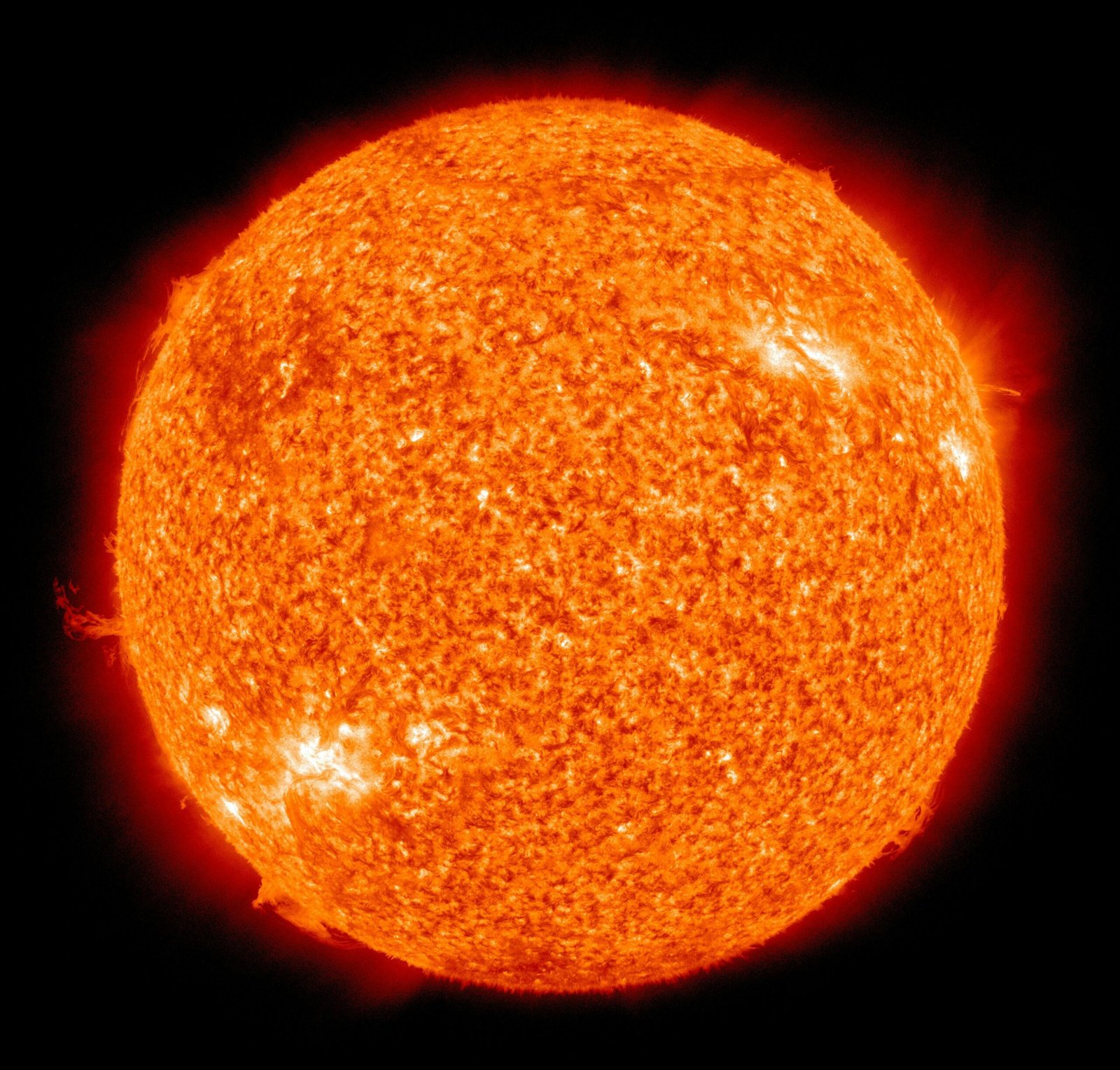Every time nuclear fusion makes headlines, the same phrase pops up: “Nuclear Fusion: Why is it Always 20 Years Away?” It’s become a running joke in science and energy circles. Since the 1950s, researchers have promised that fusion—the process that powers the Sun—would soon be within humanity’s grasp. But decades later, we’re still waiting. So, why does this promise keep slipping away, and are we finally closer to making it a reality?
Introduction & Background
Nuclear fusion is the same process that powers stars. It fuses light elements like hydrogen into heavier ones, releasing enormous amounts of energy. Unlike nuclear fission, fusion produces minimal radioactive waste and no meltdown risks, making it a potential game-changer for clean energy.
The dream of harnessing star power on Earth has inspired scientists since the 1950s. Yet, despite billions in research, fusion remains the “energy of the future.”
This is where the phrase “Nuclear Fusion: Why is it Always 20 Years Away” comes from—an ironic reflection of both ambition and delay, repeated across generations of scientists and policymakers.
Nuclear Fusion: Why is it Always 20 Years Away? The “20 Years Away” Phenomenon
For decades, scientists and policymakers have promised that fusion was just around the corner. In the 1970s, the first big tokamaks looked promising. In the 1990s, international collaborations like ITER gave hope. In the 2010s, advances in superconducting magnets rekindled excitement.
And yet, the finish line kept moving. “Nuclear Fusion: Why is it Always 20 Years Away” became the default explanation—long enough to sound reasonable, but vague enough to avoid accountability. Today, the phrase is shorthand for fusion’s notoriously slow progress.
Scientific & Technical Challenges
The biggest reason why nuclear fusion is always 20 years away comes down to science itself:
- Extreme heat: Fusion requires plasma hotter than 100 million °C.
- Containment issues: Plasma must be kept stable inside magnetic fields without touching reactor walls.
- Energy balance: The reactor must produce more power than it consumes, known as net energy gain.
Different approaches—tokamaks, stellarators, and laser-driven fusion—are being tested, but none have yet achieved continuous, large-scale energy output.

Political & Economic Factors
The fusion race isn’t just scientific—it’s political and economic too:
- Funding hurdles: Mega-projects like ITER cost over $20 billion.
- Changing governments: Political shifts slow or pause research.
- Market pressure: Solar, wind, and battery technologies are already competitive, making investors cautious.
Thus, the phrase “Nuclear Fusion: Why is it Always 20 Years Away” is also tied to bureaucracy, budgets, and competing priorities.
Current Progress & Breakthroughs
Despite delays, progress is accelerating:
- In 2022, U.S. researchers achieved net energy gain in a fusion experiment.
- Private startups like Commonwealth Fusion Systems, Helion, and TAE Technologies are building smaller, cheaper reactors.
- Advances in AI plasma control and superconducting magnets are solving old technical barriers.
These developments suggest that the “20 years away” joke may finally be outdated.
ITER’s Role and Importance
One of the most important projects in the world is ITER (International Thermonuclear Experimental Reactor), currently under construction in France. It is a collaboration between 35 nations—including the EU, U.S., China, India, Japan, Russia, and South Korea.
ITER is the largest fusion experiment ever attempted, and its goal is to demonstrate that fusion can be sustained on a large scale. Unlike smaller experiments, ITER is designed to generate 10 times more energy than it consumes. If successful, it will be the bridge between experimental reactors and commercial power plants.
The importance of ITER cannot be overstated:
It is the world’s flagship project for proving fusion’s viability.
It unites global scientific and engineering talent.
Its success would validate decades of research and pave the way for fusion energy to become a reality.
For many, ITER is the project that may finally end the saying “Nuclear Fusion: Why is it Always 20 Years Away” and prove that humanity can harness star power.

The Future Outlook
So, will fusion always be “20 years away”? Not necessarily. With governments, billionaires, and startups now aligned, the timeline could finally shrink. ITER is expected to begin experiments in the 2030s, while private companies claim they could deliver working prototypes even sooner.
Realistically, widespread commercial reactors may still take decades to roll out, even after the first successful demonstrations. But the dream of clean, limitless energy is closer than ever before.
The phrase “Nuclear Fusion: Why is it Always 20 Years Away” may one day shift from frustration to history—a reminder of how long humanity worked to master the power of the stars.



I’m very optimistic about fusion power!
Well done 👍